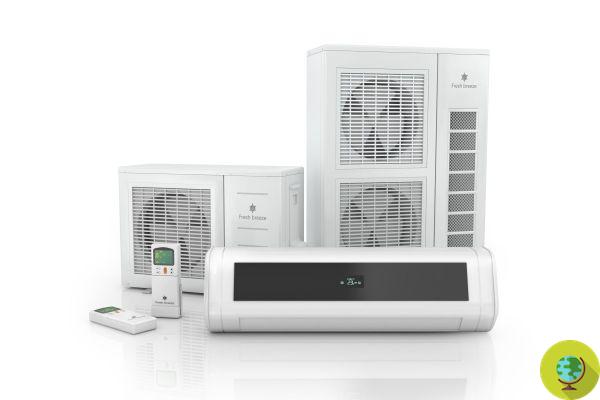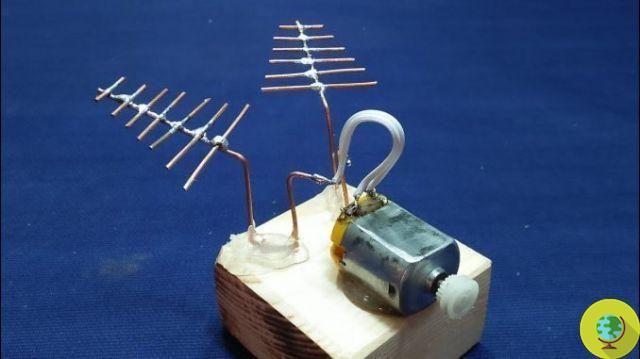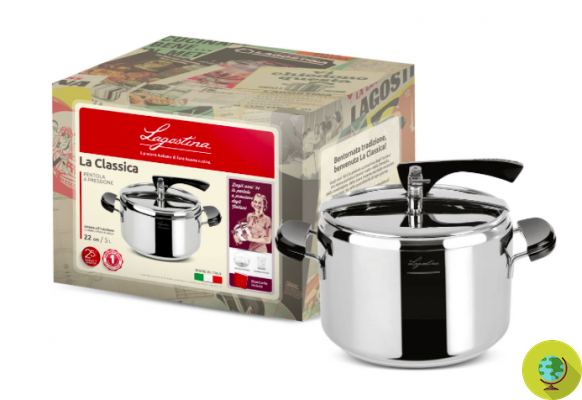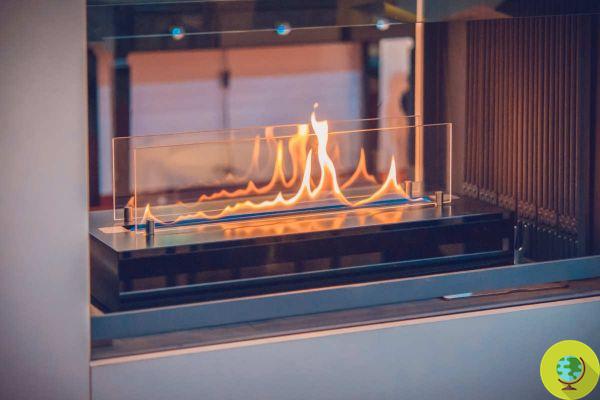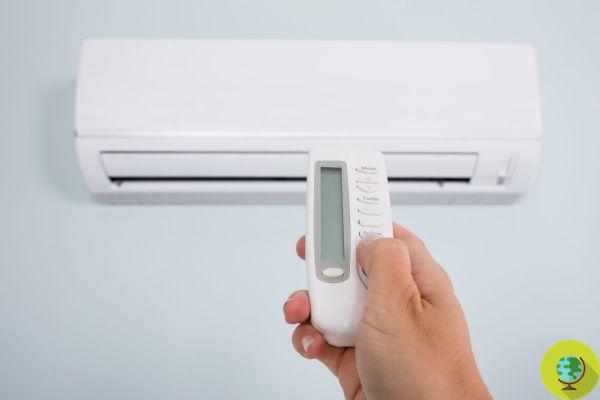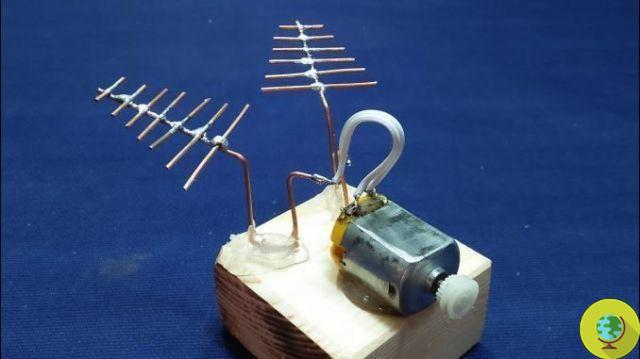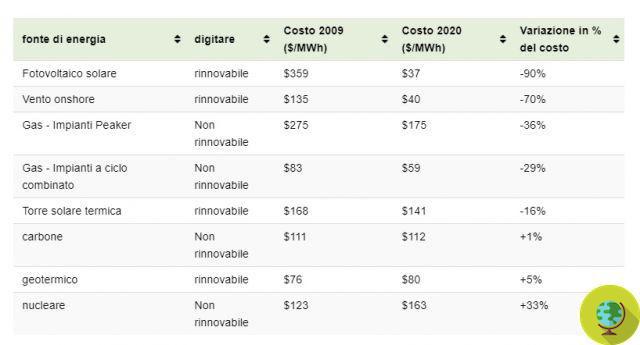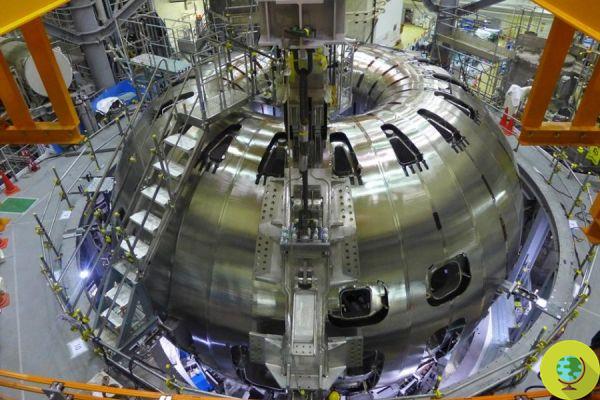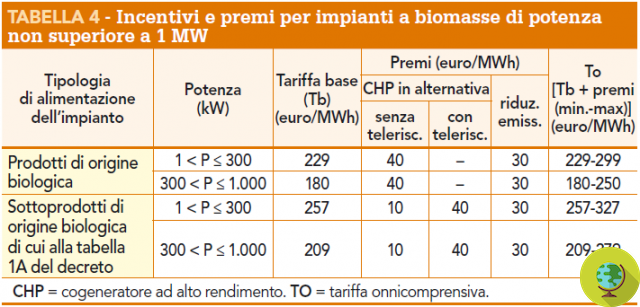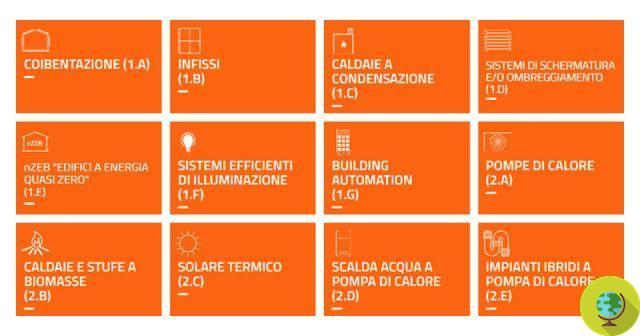Warm light or cold light bulb. Which one to choose? When we had only incandescent bulbs available, the problem did not arise. In that case, the only alternative was given by warm light, due to the shade of red given by the operation of the bulb itself. Now, with Led lights, we have the opportunity to select the color temperature of the lights we prefer.
He is about to end up run over, his mother saves him
Bulb a hot light and cold light. Which one to choose? When we had only incandescent bulbs available, the problem did not arise. In that case, the only alternative was warm light, due to the shade of red given by the operation of the bulb itself.
Now, with the Led bulbs, we have the opportunity to select the color temperature of the lights we prefer.
Index
Color temperature
The color temperature qualifies the light tone e is measured in Kelvin. It is interesting to know that the daylight of the sun exceeds 5000 Kelvin. Color temperature is an important fact, both in lighting technology and in photography. In fact, depending on the temperature of the bulbs used, we will be faced with different scenarios, which will be perceived by our eyes as more or less hot - or cold - from the point of view of shades of light.

Hot light
A low color temperature, less than 3300 Kelvin corresponds to a warm light, with shades that can vary from reddish, to orange, to yellow, up to warm white. As far as warm light is concerned, values between 0 and 3300 Kelvin excluded are usually taken into consideration. At the temperature of 3000 Kelvin is matched the real warm light. At 3550 Kelvin we will have whiter, but still warm light. We talk also di neutral light, with a color temperature between 3500 and 4000 Kelvin. The perceived light, in this case, tends mainly to white.
Cold light
We are talking about cold light in the case of bulbs with a color temperature between 3600 and 6500 Kelvin. In this case we will be faced with a particular light, tending more to white and bluish. The blue shades and blue will give the light one cold shade. It is interesting to know that the cold color associated with pure ice corresponds to a temperature of 5000 Kelvin. A bluish white light is associated with 6500 degrees K. Sometimes, in high temperatures, it is also spoken of daylight (daylight).
White light bulbs
In general, regarding white light bulbs, is indicated the following subdivision, which follows the convention UNI 12464:
1) Warm white light: if the color temperature is less than 3300 Kelvin.
2) Neutral white light: if the color temperature is between 3300 and 5300 Kelvin.
3) Cool white light: if the color temperature is higher than 5300 Kelvin.
Warm light or cold light?
As a rule, the warm white light (with color temperature between 3000 and 3500 degrees Kevin) is used for the interiors of offices or delle homes. The cool white light, from 4000 degrees Kevin and up, is preferred for large spaces open to the public, for example i supermarkets. It is important to remember that, if the gradation of the light tends towards red tones (and towards lower temperatures) we will talk about warm light (or warm), while with higher temperatures and a tendency to blue tones we will talk about cold light (or cool).
There isn't one general rule regarding the choice of the color temperature of the bulbs. Everyone can rely on their own preferences and on lighting needs of the place where the bulbs will be installed. L'impact of the hue of the light is above all psychological. Let's think, for example, of the fire in a fireplace. If we entered a house with predominant cold lights, perhaps we would not experience the same atmosphere of welcome and warmth.
We are used to associate the hot light a positive feelings and comfort. This is why most people prefer to buy warm light bulbs for their home or office. In public places, where what matters most are efficiency and the definition of details, we will find mostly cold light. Think, for example, of hospitals, clinics, dental offices and various waiting rooms.
Warm light is perceived as soft and enveloping, the cold one like hard and sharp. We would hardly choose cold light for the living room or guest room, while we might prefer it for the study or bathrooms. Feelings of greater are associated with cold light order and cleanliness. However, preferences may vary according to the environments and the people who live there.
A modernly furnished home, with metallic or shiny surfaces, could benefit from the presence of a cold light, however enhance the choice of furniture. In any case, the color temperature of cold light bulbs should never be too high, in order not to create too sharp and harsh shadows, as well as to avoid unpleasant sensations. This is an aspect that should be taken into account both in domestic spaces and in public places. If you are looking for aday lighting for your rooms, choose light bulbs Cold light led. To know the energy consumption of the bulbs to buy, do not forget to carefully consult the new energy labels.
Marta Albè
Read also:
Bulbs: new labels from 1st September 2013
Energy saving light bulbs: the reasoned guide






